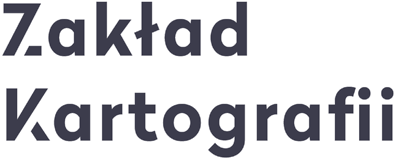Department of Cartography
Faculty of Geodesy and Cartography
Since the beginning of the Department of Cartography its scientific activities covered most of the research areas crucial for the development of this field of study. Starting with theoretical issues in the field of mathematical cartography, through work aimed at partial automation of the map development and cartometric measurements processes, developing new types of large-scale city maps, researching the functional aspect of map colors and improving some map reproduction processes, to geomorphological research.
The following problems are among the broad array of research and teaching conducted at the Department of Cartography:
- investigating the properties of cartographic mapping for practical application with regard to Poland, with particular emphasis on the Gauss–Krüger and the Roussilhe projections;
- developing ways to minimize distortion in map projections;
- improving the mapping reduction methods for the geodetic polygons of the ellipsoid surface;
- topographic data modeling and formulating the principles of the topographic map editing;
- the methodology for designing geographic information systems and geodatabases;
- formulating the principles of graphic presentation regarding maps and spatial information systems (“information visualization”);
- dynamic geovisualization, multimedia presentations and statistical surface modeling;
- harmonization of databases and metadata systems;
- cartographic generalization and numerical terrain model generalization;
- geostatistics and the application of neural networks or methods of computational intelligence;
- improving the methodology of predicting the results of the human impact on the environment by using physiographic databases and spatial information systems;
- the cartographic aspects of navigation and localization systems (mobile cartography);
- designing and publishing online geoinformation services.


